A vegetable garden can help keep your family’s grocery budget down, but which crops should you be growing? Let’s have a look at 14 cost-effective vegetables to get you the most bang for your buck (and 6 that will not).
Gardening to save money is easy and fun.
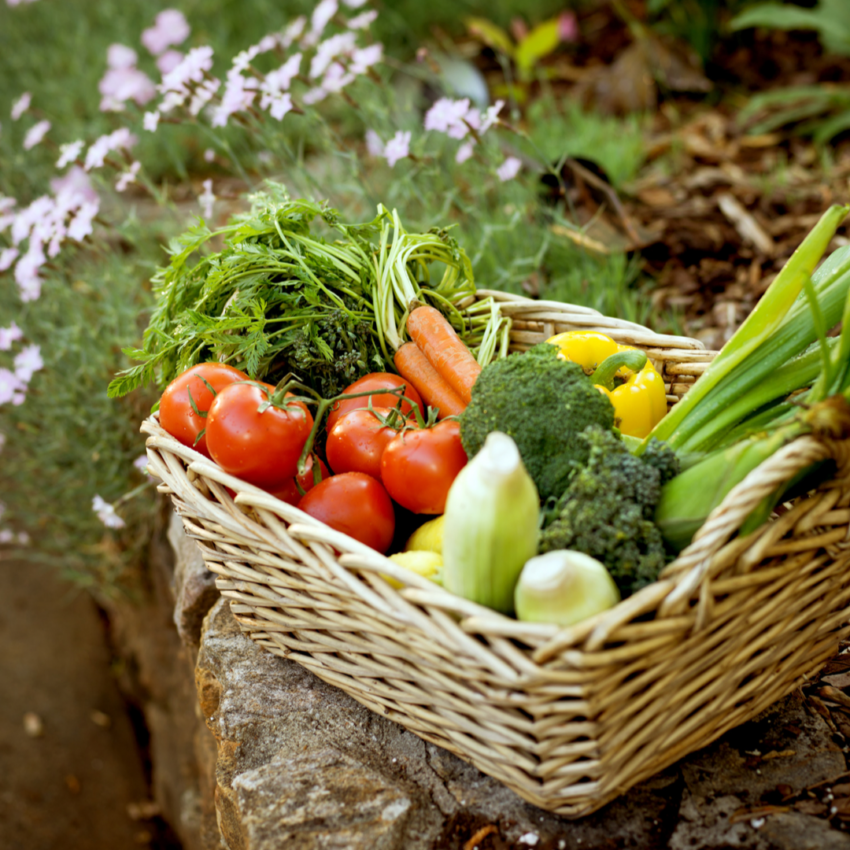
Jump to: Budget for Vegetable Garden | Veggies Better to Buy | Veggies Better to Grow
This post may contain affiliate links. As an Amazon Associate, I also earn from qualifying purchases. You can read our disclosure information here–
Deciding on Budget for Vegetable Garden?
If you’re looking to grow a vegetable garden to support your family’s budget and bring grocery costs down, there are a few things to keep in mind.
Of course, much of it depends on your own preferences, but here are a few considerations you can make when trying to choose the most cost-effective vegetables for your project:
- Supermarket price: If it’s very cheap year-round, you may want to save yourself the effort of growing it. After all, nurturing any veggie takes time that you could spend on something more productive.
- Your area: Some vegetables are very specific about temperature and may have a very short harvest season or not do well at all in climates that don’t match their needs. You’d do well to select plants that produce abundantly in your climate.
- Space: This is a concern if you don’t have a large garden to work with. You may want to track down vining vegetables that take up more vertical than horizontal space to maximize your yield.
- Yield: Some vegetables are cheap to buy in-store, but yield so much when grown at home that they’re still worth it. This especially applies if you’ve got plenty of freezer space.
- Initial cost: Most seeds are very cheap, but some crops require buying starter plants that are a bit more pricey. And what about fertilizer, soil, mulch, propagators and more?
Last but not least: Do you actually like this vegetable?! It seems a silly question, but I can’t count the number of times friends and family members have brought me bags and bags of veggies because they planted loads of a particular plant that they don’t even use.
Veggies Best to Buy Instead of Grow
There are quite a few crops that can be considered ‘non cost-effective vegetables’. These might be very cheap to buy at your local supermarket, or they may take up so much space that their yield isn’t really worth it.
It’s all a matter of taste, though, and if you prefer the flavor of the home-grown version of these, that can make it worth going for it for you.
- Corn: Although I love the Three Sisters concept of planting corn, beans and squash together, corn really does take up a lot of space for the crops it yields.
- Onion: They’re always abundant and cheap to buy. If you want to grow some alliums, why not try something like shallots or green onions?
- Potato: Honestly, a bag of nice potatoes is so cheap that I’d rather use my garden space for something else. Here too, the exception would be less common varieties that are difficult to find and have specific culinary uses.
- Celery: Has a reputation for being fussy, and to be honest, I’ve never had success with it. It always turns out horribly bitter! It needs a lot of water, takes a good while to grow and doesn’t like heat. With how cheap it is to buy… I’ll invest my efforts elsewhere.
- Brussels sprouts: Takes ages to mature and oh, the bugs! So many bugs. The latter is why I’m not huge on brassicas in general, especially the large ones like cabbage. They take up a lot of space and seem to just end up being cabbage white caterpillar fodder.
- Dry beans: I love some of the fancy heirloom varieties, but the basic ones just don’t really seem worths it with how cheap a bag is to buy.
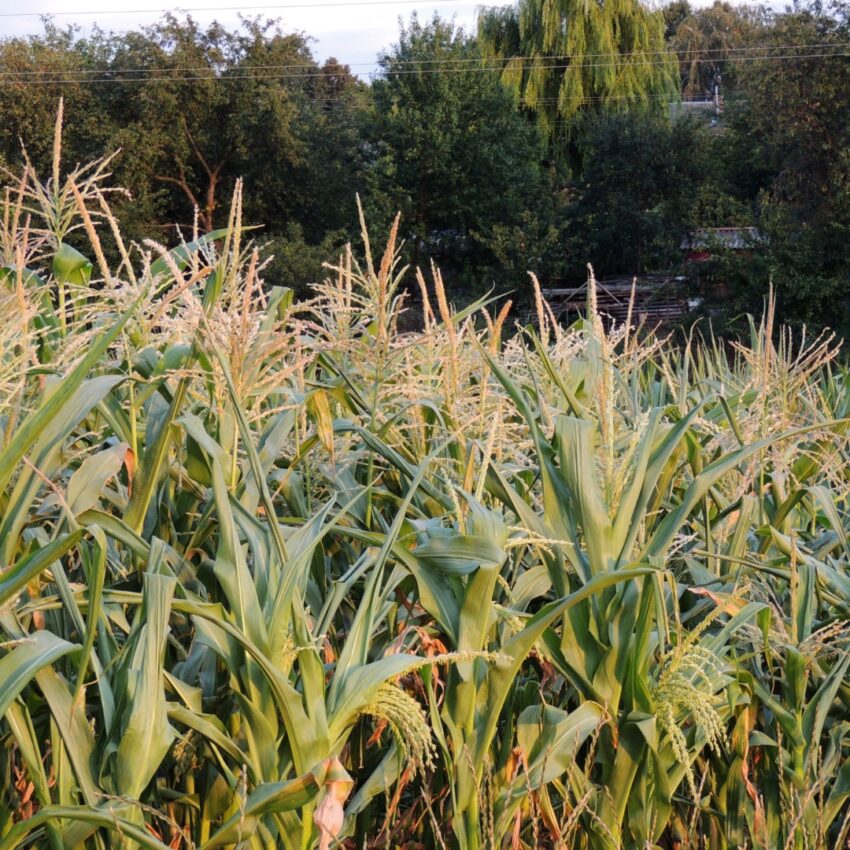
Cost-Effective Vegetables to Grow
Tomato
Pretty much the queen of cost-effective vegetables, and that’s despite the fact that it’s officially a fruit! The main advantage is in how mind-blowing homegrown tomatoes taste compared to store-bought.
Additionally, seeds are cheap and there are loads of varieties to grow that you won’t find in your local supermarket.
Have a look at the list of my favorite heirloom tomatoes for some great examples of tomato varieties to try at home.
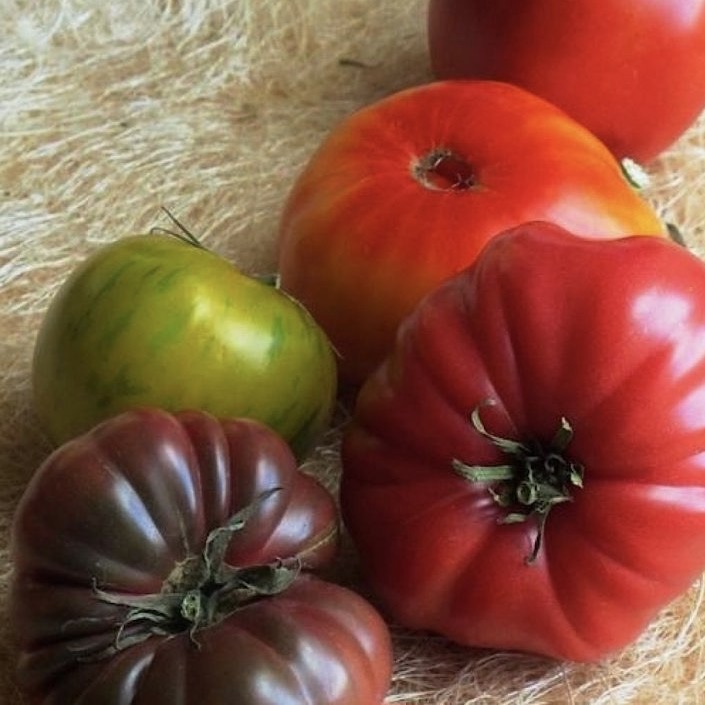
Tomatillo
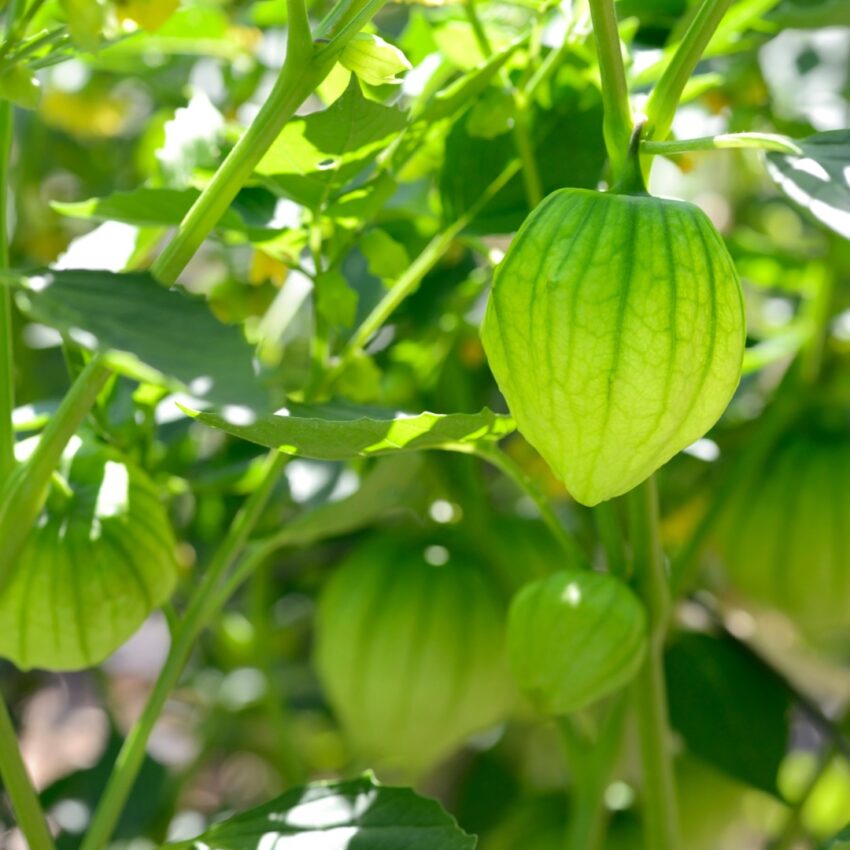
These green nightshades are the star of Mexican salsa verde and look almost like a cross between a tomato and a cape gooseberry (the latter of which, by the way, may be worth growing at home as well – it’s extremely expensive to buy).
Tomatillos can be used green for salsa or roasted and blended for Mexican dishes like this low carb chile verde recipe.
Tomatillos can be difficult to find in areas that don’t have a strong South-American influence, and they’re quite easy to grow. Why not include a few tomatillo plants in your tomato patch?
Lettuce & Salad Greens
Many varieties have gotten quite expensive – iceberg being the exception in most zones – and the waste! I know I’m guilty of throwing away lettuce sometimes, as it just goes bad so quickly. Plucking some lettuce from your garden on an as-needed basis helps keep food waste down.
Lettuce seeds cost peanuts and you can keep sowing and re-growing throughout the season for never-ending leafy goodness. Lettuce wraps galore!
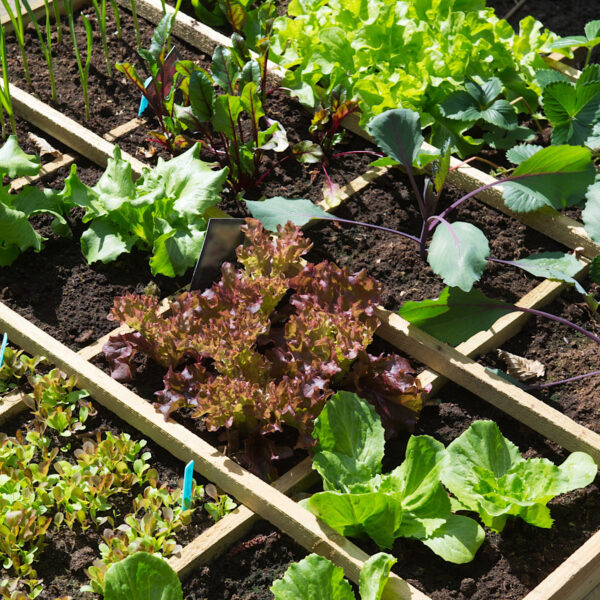
Bell peppers
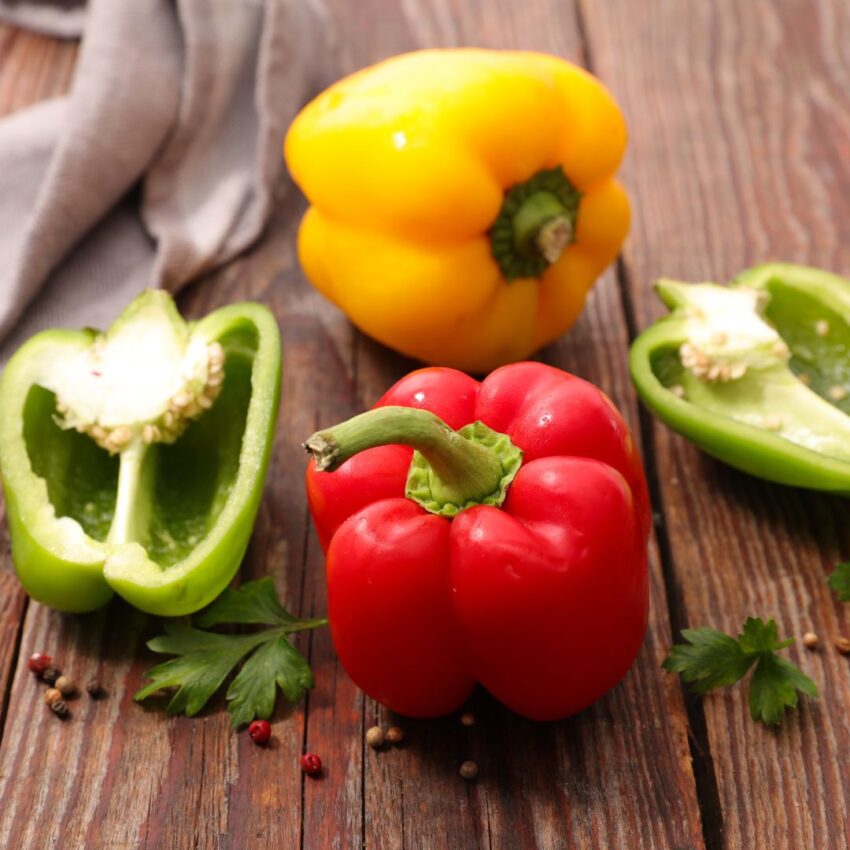
I don’t know about your area, but bell peppers can really get quite pricey here, especially the red ones that take longer to mature.
Like other nightshades, bell peppers are pretty easy to grow and don’t take up too much space. Home-grown ones taste fantastic, too. Perfect to roast, stuff or for delicious spreads like ajvar.
Hot peppers

If you’re a salsa fanatic, you’ll know that small containers of some hot peppers can get very expensive.
It’s also not always easy to find the specific varieties you’re after. In some places you’ll struggle to find a single serrano!
Hot pepper plants aren’t too difficult to grow and are pretty prolific, so find your favorite varieties and give them a shot.
My go-to peppers are jalapeños, which can be smoked to make chipotle. If your harvest is bigger than expected, hot peppers dry very well for use throughout winter.
Turnips

They grow quickly, do well in cool weather and can be stored for ages. I like to roast turnips or use them along with beets for my homemade, low carb chips. And speaking of beets, those are pretty similar in terms of care and other characteristics, so why not go for both?
Rhubarb
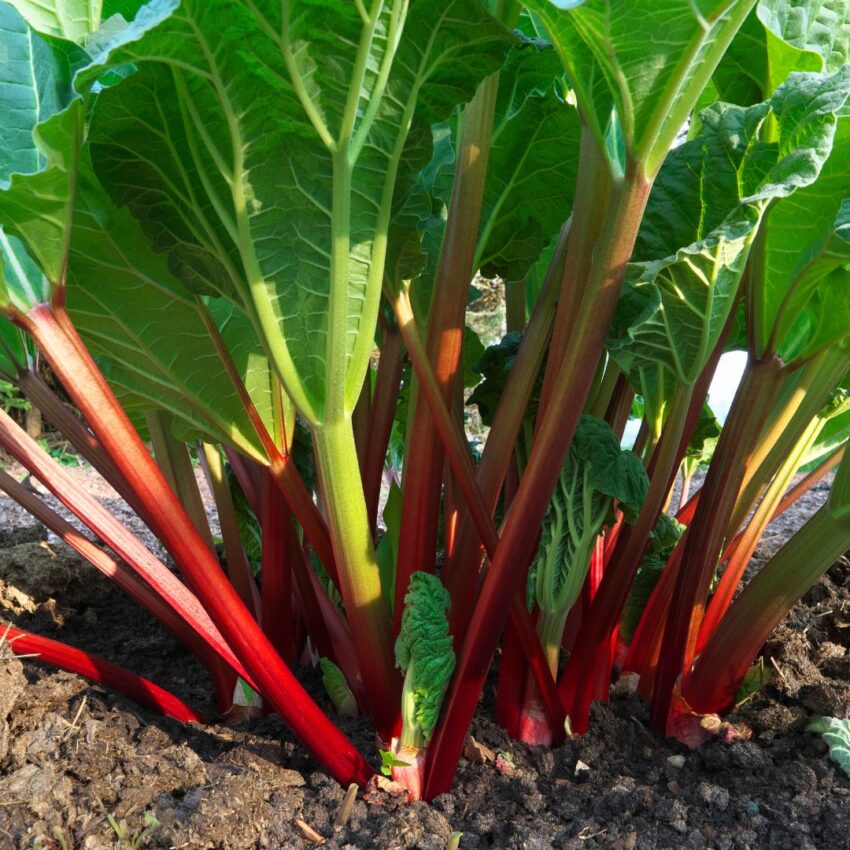
Unlike many of the other vegetables on this list, rhubarb is a perennial. That means you can reserve a corner in your garden, plant it once, and harvest for years.
Rhubarb grown at home produces plenty of stalks throughout spring that can be frozen for year-round use, and it produces more year after year.
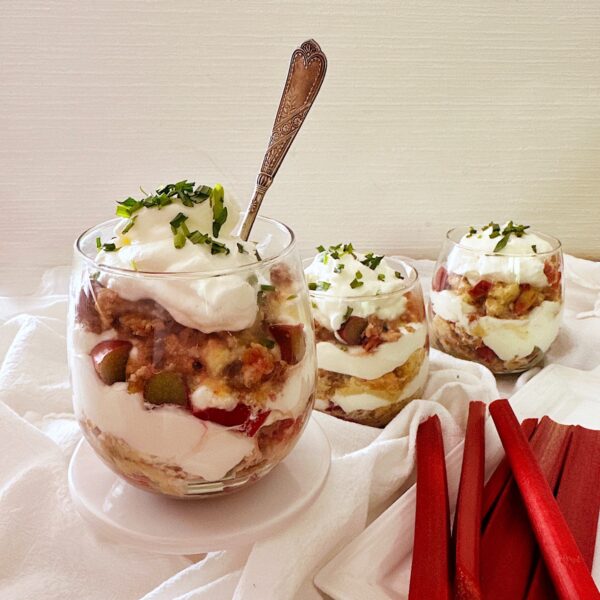
Asparagus

Like rhubarb, this is a perennial. It takes a good while to get your first harvest, but after that, it never really stops.
It does need a bit of space, but considering how steep the price can be at the supermarket, this one is definitely worth it for me.
Asparagus does best in cool to moderate climates.
Swiss chard
Swiss chard is extremely prolific in the garden. You can cut it, and it’ll just re-grow. It’s a good thing it freezes and cans well, because otherwise, I would’ve had a significant chard problem last year.
Snow peas & sugar snaps
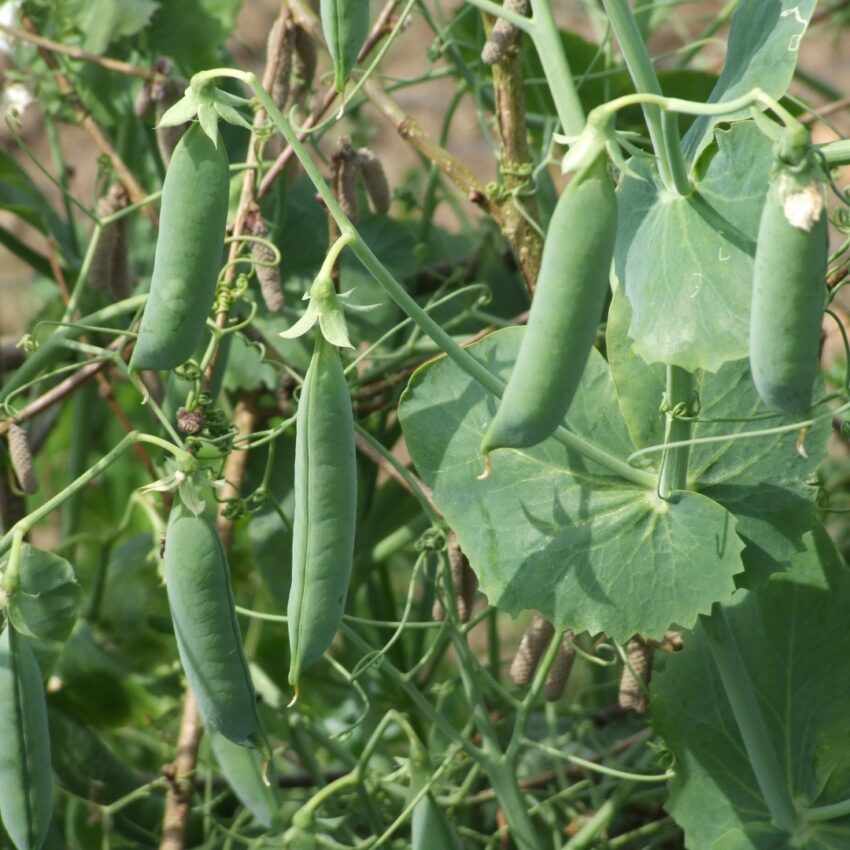
Depending on your area, these ‘fancy’ pea varieties can get costly. In the garden, they’re not difficult to grow at all and don’t take up much horizontal space due to their vining nature.
Peas like snow peas and sugar snaps are cool-season veggies and perfect for a short but sweet early harvest. I just wish I could stop eating them straight off the plant and actually manage to use them in my recipes…
Green beans
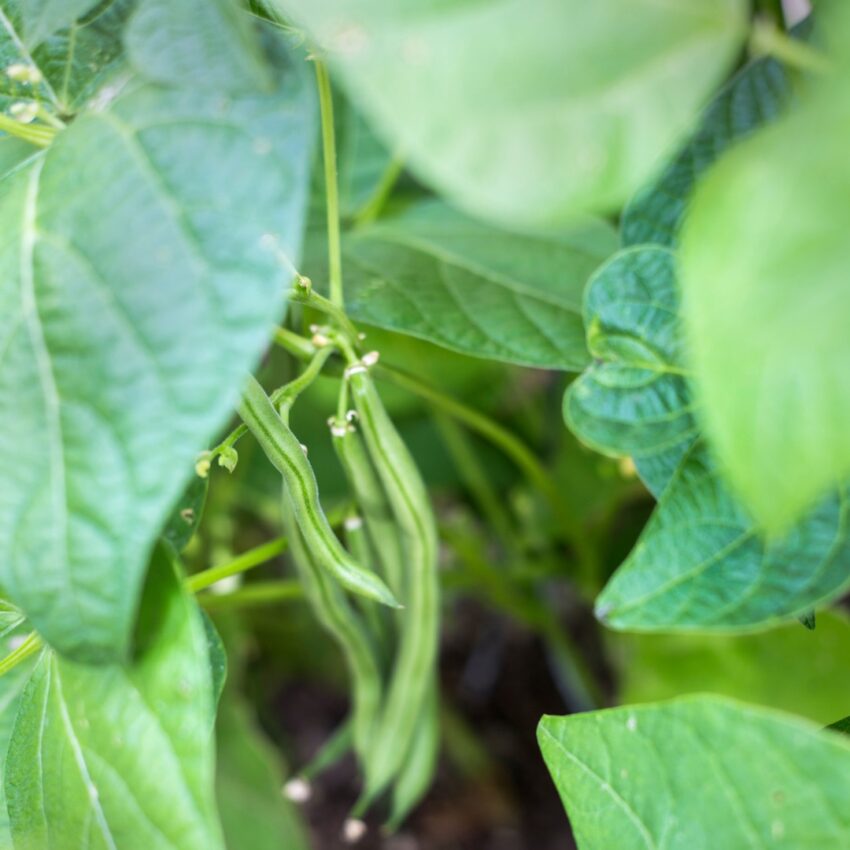
I especially like pole beans (as opposed to bush beans), since they make great use of vertical space if you don’t mind setting up a few trellises.
They’re also pretty prolific, produce for a long time and freeze very well.
Microgreens
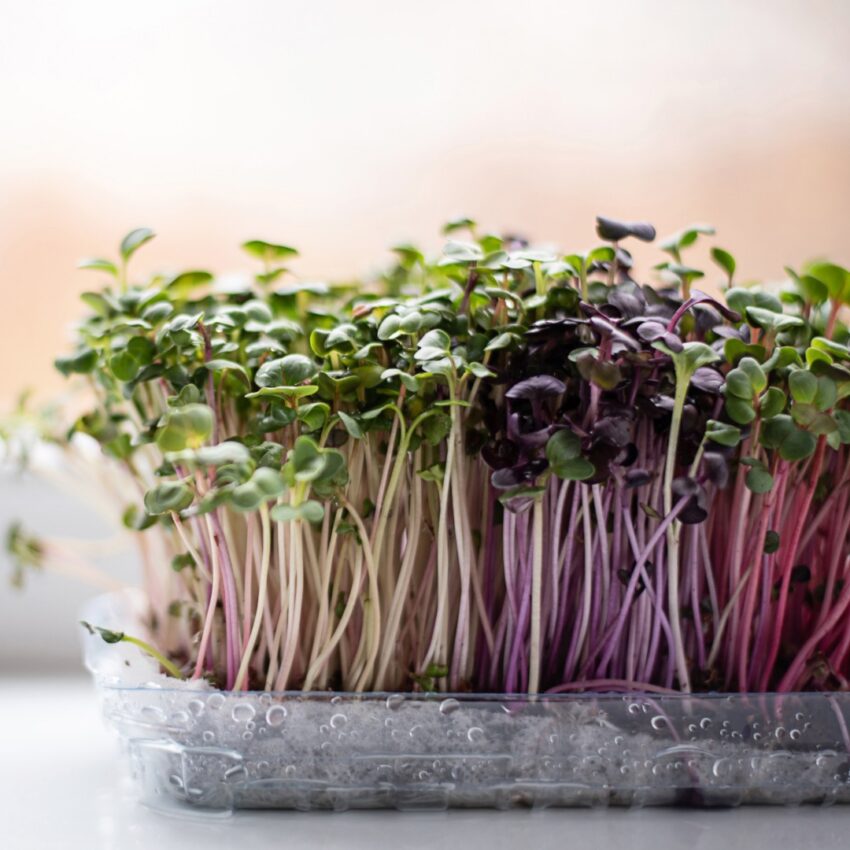
If you love some microgreens on your sandwiches on a regular basis, continually growing them at home is probably your best bet. They’re very expensive and don’t keep long in the fridge.
Seeds for radish, alfalfa and much more are not expensive to buy, and growing them isn’t much of a challenge either. It can easily be done indoors with the help of a good grow light or just on a bright windowsill.
Winter squash
Similar story to zucchini! Really, all I can say is, don’t go for more than 1-2 plants unless you’ve got a big freezer. Pumpkin, butternut squash and their cousins are crazy prolific.
They need space, because they’re horizontal crawling growers, but the fact that they keep through winter is great.

As with zucchini, if you’re worried you’ve overplanted, you can make this recipe for stuffed squash blossoms to keep the harvest down a little. They’re great with ricotta cheese.
Bonus: herbs
It’s not just cost-effective vegetables that can give your grocery budget a good boost. Herbs are expensive to buy as well!
I hate having to get fresh herbs in the supermarket. They’re expensive, usually half wilted and packaged in loads of plastic.
With how easy it is to grow various herbs, it seems a no-brainer to reserve some backyard space for a little herb garden.
Have a look at my post on herbs for a tea garden for some inspiration on which herbs to grow yourself instead. Perfect for cooking, cocktails, crafting, and yes, tea!
If you like my articles about cooking and gardening, subscribe to my weekly newsletter, where I share free recipes and gardening tutorials.



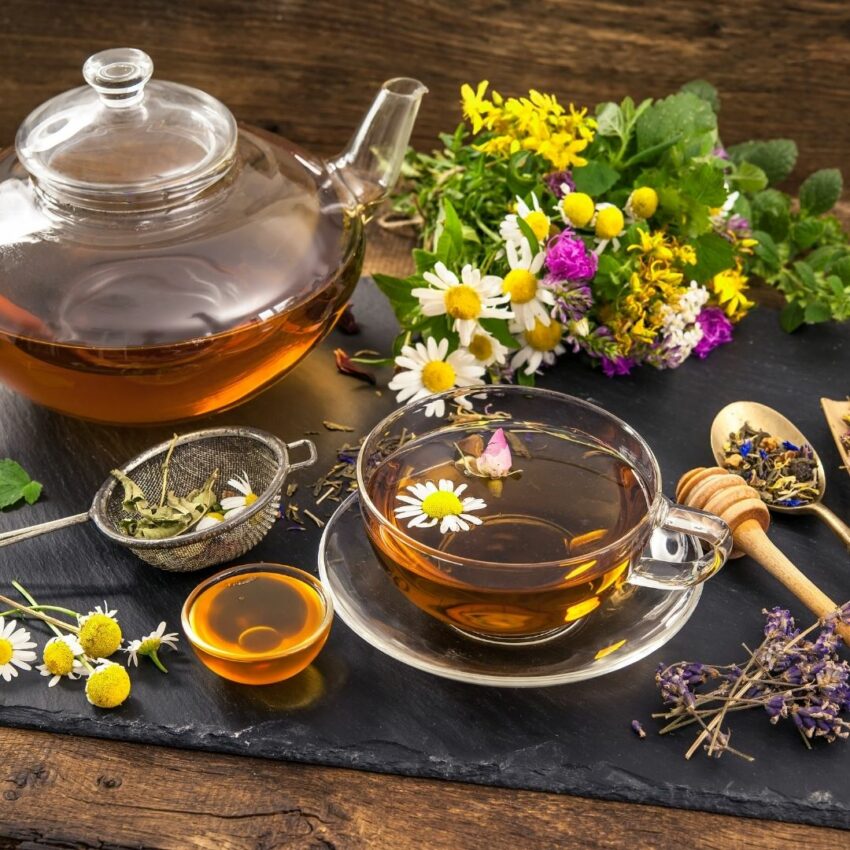
Hi Dorothy,
Love your newsletter! So much great information!
Hi Joan, Thank you so much for the lovely comment! Hope to see you at the next Les Dames meeting!